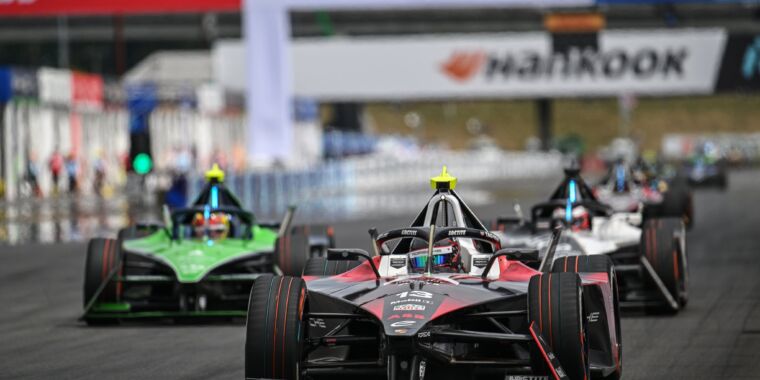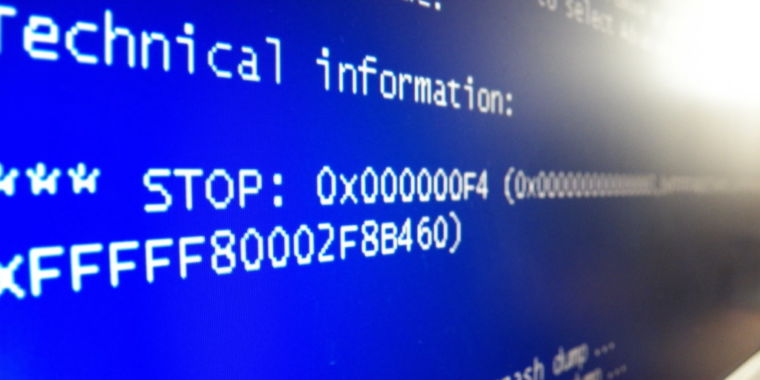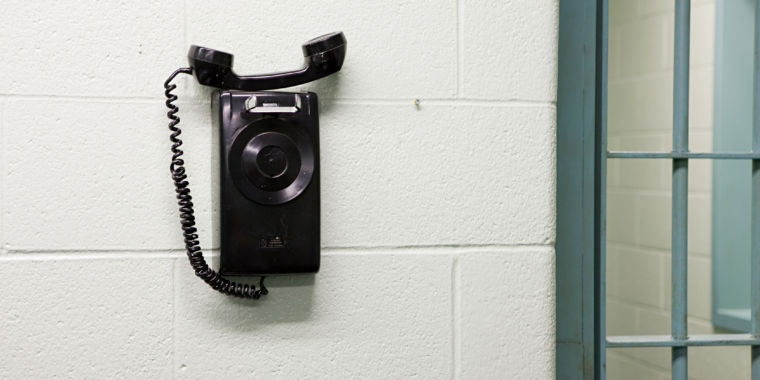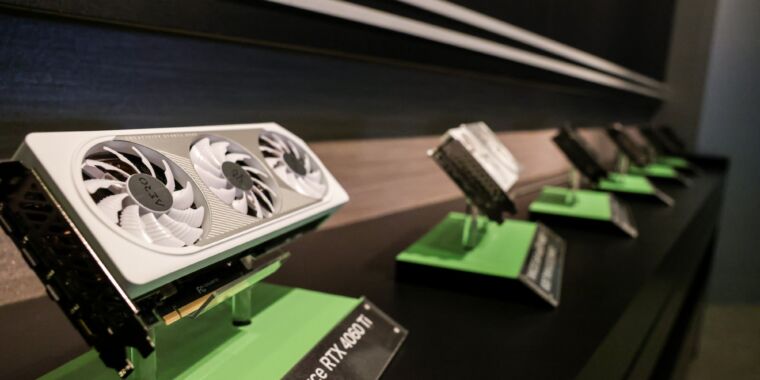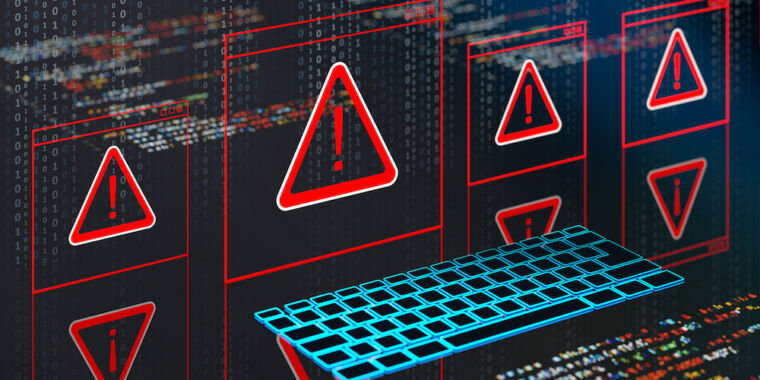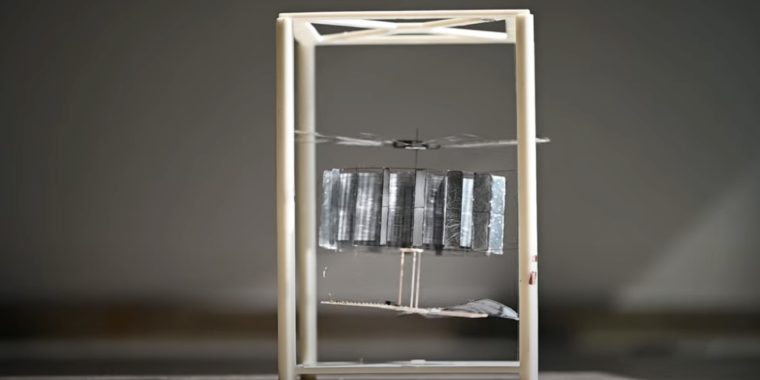Apple Vision Pro’s content drought improves with new 3D videos
-
Boundless premieres tonight, taking Vision Pro users on a hot air balloon ride in Turkey.
-
Submerged will be Apple’s first fictional short film for Vision Pro.
-
Users will get a glimpse into the 2024 NBA All-Star Weekend.
-
This cryptic image teases The Weeknd’s Vision Pro “experience.”
-
The new series Elevated will tour places of interest around the world from above.
-
Apple is partnering with Red Bull for a surfing documentary.
-
Wild Life returns with an episode about elephants in a wildlife preserve.
Today, Apple announced a slate of more than a dozen upcoming Immersive Videos for its Vision Pro spatial reality headset. The first, titled Boundless, launches tonight at 9 pm ET. More will follow in the coming weeks and months.
The announcement follows a long, slow period for new Vision Pro-specific video content from Apple. The headset launched in early February with a handful of Immersive Video episodes ranging from five to 15 minutes each. Since then, only three new videos have been added.
On March 28, Apple released a highlight reel of Major League Soccer plays from the season that had ended months prior. A second episode of Prehistoric Planet, Apple’s Immersive Video dinosaur nature documentary, went live on April 19. Likewise, a new episode of the Adventure series titled “Parkour” landed on May 24.
The MLS video played more like a short ad for Apple’s MLS programming than anything else, but other Immersive Videos have impressed with their quality if not their creative ambition. They’re all short videos that put the viewer inside a moment in space and time with either animals or people doing their thing. The videos are high-resolution, and the 3D is generally well done. The production values are high, even if the narratives are light. They come across as tech demos, as much as anything, but they are impressive.
Tonight’s Boundless episode will allow viewers to see what it’s like to ride in a hot air balloon over sweeping vistas. Another episode titled “Arctic Surfing” will arrive this fall, Apple says. Sometime next month, Apple will publish the second episode of its real wildlife documentary, simply titled Wild Life. The episode will focus on elephants in Kenya’s Sheldrick Wildlife Trust. Another episode is in the works, too. “Later this year,” Apple writes in its newsroom post, “viewers will brave the deep with a bold group of divers in the Bahamas, who come face-to-face with apex predators and discover creatures much more complex than often portrayed.”
More on the way
In September, we’ll see the debut of a new Immersive Video series titled Elevated. Apple describes it as an “aerial travel series” in which viewers will fly over places of interest. The first episode will take viewers to Hawaii, while another planned for later this year will go to New England.
Apple is additionally partnering with Red Bull for a look at surfing called Red Bull: Big-Wave Surfing.
In addition to those documentary episodes, there will be three short films by year’s end. One will be a musical experience featuring The Weeknd, and another will take basketball fans inside the 2024 NBA All-Star Weekend. There will also be Submerged, the first narrative fictional Immersive Video on the platform. It’s an action short film depicting struggles on a submarine during World War II.
It’s good to see Apple finally making some movement here; the drought of content after the launch didn’t inspire confidence in the platform. Many people with mixed reality headsets use them a bunch for a few weeks but either fail to find ways to fit them into their daily habits or run out of compelling content and taper off before long. To keep people invested in visionOS, Apple needs to keep a rapid cadence of new content that users look forward to at least every week. Otherwise, some users will see their headsets sit on shelves, forgotten.
When I reviewed the Vision Pro, I assumed that the Immersive Video episodes would roll out weekly. That hasn’t proven the case, and it still doesn’t look like it will. Apple is going to have to invest more in content (and take more risks with that content, moving beyond short tech demo documentaries) to make the Vision Pro stick with customers.
Listing image by Apple
Apple Vision Pro’s content drought improves with new 3D videos Read More »





